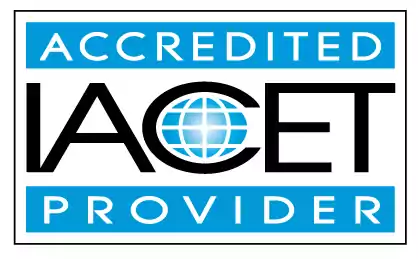Describe the rights of children and families and their relation to home visiting.
Learn about the rights of children and families and their connection to home visiting programs. Discover insightful statistics on child and family well-being in relation to these programs. Explore the important role of early childhood education and child care centers in nurturing the development of children and supporting families.Trainings incorporating this outcome
CDA Subject Areas
Proficiency Level
States
Alabama (2) Alaska (2) Alberta (2) Arizona (2) Arkansas (2) Australia (2) California (2) Colorado (2) Connecticut (2) Delaware (2) District of Columbia (2) Florida (2) Georgia (2) Hawaii (2) Idaho (2) Illinois (2) Indiana (2) Iowa (2) Jamaica (1) Kansas (2) Kentucky (2) Louisiana (2) Maine (2) Manitoba (1) Maryland (2) Massachusetts (2) Michigan (2) Minnesota (2) Mississippi (2) Missouri (2) Montana (2) Nebraska (2) Nevada (2) New Hampshire (2) New Jersey (2) New Mexico (2) New York (1) Newfoundland and Labrador (2) North Carolina (2) North Dakota (2) Nova Scotia (1) Ohio (2) Oklahoma (2) Ontario (2) Oregon (2) Pennsylvania (2) Prince Edward Island (1) Puerto Rico (2) Quebec (1) Rhode Island (2) Saskatchewan (2) South Carolina (2) South Dakota (2) Tennessee (2) Texas (2) Thailand (1) United Kingdom (1) Utah (2) Vermont (2) Virgin Islands (1) Virginia (2) Washington (2) West Virginia (2) Wisconsin (2) Wyoming (2)
120 hours courses
5 hours courses
Related Outcomes
- Identify statistics on child and family well-being in relation to home visiting programs.
- Demonstrate understanding of how home visitors can stay safe while visiting homes.
- Describe the role of a CDA home visitor and include examples of home visitors.
- Identify the importance of maintaining cultural sensitivity while working with families during home visiting.
- Demonstrates understanding of Maryland State regulations for family child care home providers
- Demonstrate methods to address gender stereotypes and sexism in the classroom related to children’s math abilities
- Identify the components of a safe and healthy family childcare environment for children
- Demonstrate an understanding of the value and importance of complex characteristics of children’s families and communities
- Recognize the importance of a positive and respectful attitude in working with all children and their families.
- Describe strategies and experiences to promote collaboration between child and youth care professionals and programs and other professionals involved in the care and education of all children and youth.
- Demonstrate an understanding of the Tribal Maternal, Infant, and Early Childhood Home Visiting program.
- Describe nonverbal communication as it relates to coaching and mentoring.
- Describe the importance of monitoring the family child care environment for potential risks.
- Identify the signs of illness in children and describe when a child should be excluded from care
- Describe the importance of providing opportunities for children to practice independence.
- Distinguish how to adapt arts and crafts for younger children and children with different abilities.
- Define active play in the early childhood classroom and describe its benefits for young children.
- The childcare professional will demonstrate an understanding of the value and importance of complex characteristics of children’s families and communities
- Describe the stages of grief and the different ways children react to grief and stress.
- Identify the importance of documenting the home visitor's work with the family.
 12 CEUs
12 CEUs